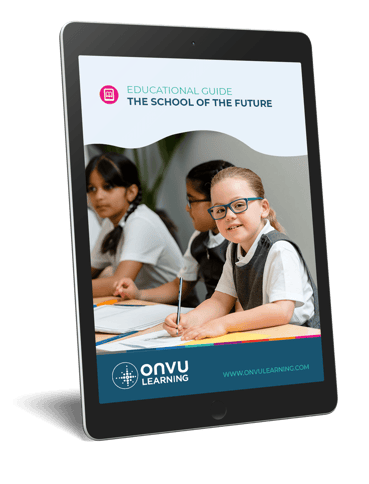Over the past months, we’ve been sharing our research, experience and thoughts on how best practice in lesson observation can drive a school forward, change the culture and improve teaching and learning, with this article exploring how to observe a lesson.
Our articles will cover the following topics…
This article is the second in the series. Once you’ve set up a pilot observation programme, it’s so important to take some time out to prepare for it. Here are our tips for the observer (in our next article we’ll offer advice for the colleague being observed!).
- Meet with your colleague. It’s amazing how many times in a school an observer can just choose a date and time and then turn up. This creates stress, with the teacher second-guessing in an attempt to create a ‘perfect’ lesson that meets all the perceived needs of the observer.
- Discuss the lesson and where it fits in the wider learning journey. This is a far better way to place the lesson in context than trying to read a lesson plan while observing. Discuss what students have been learning, what the purpose of that lesson is and what will happen next. This become even more important if you’re in a different department or phase to the person you are observing.
- Agree the purpose of the observation. Observations are best used purely for development, but if you are also looking to check compliance with school policies and procedures or to contribute to performance management or a qualification this needs to be made clear.
- Agree a focus for the observation. There’s clear evidence that trying to observe lots of different things in a lesson is counter-productive. With the right culture in your school your colleague should be happy to ask for you to focus on areas they are concerned about – such as giving clear explanations or managing low-level disruption.
- Agree a time for the observation. You don’t have to observe a whole lesson –if you are focusing on activities that take place at a specified time it might be better to watch the same part of two lessons with parallel classes, or to watch how the same class behaves at different times of the school day.
- Share how you will be observing. At the start of an observation programme, or if either of you are new to a school, it makes sense to talk through how observation will happen and what will be recorded where. Former head and teaching consultant Tom Sherrington suggests using this single sheet of paper to find ideas to discuss later – you could adapt the headings to your agreed focus. Learn more, here.
- Fix a time for feedback. This should be as soon as possible after the lesson in order that you can both remember what happened but should be long enough to have a proper discussion – at least 20 minutes.
- Arrange a time for them to observe you. Mutual observation is an important way to build trust in a school, as well as to share different levels of expertise. Qualified classrooms teachers rarely get the opportunity to observe their peers, yet they are perhaps the best placed to offer practical and constructive advice.
- Review information about the class. once you know the lesson you are observing, review key information about the class – which students have special needs or are EAL, which ones have a history of poor behaviour.
- Visit the classroom and work out where you can best observe from. An observer will always change the dynamic of a classroom and you need to keep this to a minimum to add value to the process. If you can watch from an adjacent classroom (science prep rooms often allow this) or sit somewhere unobtrusive. Don’t try to be helpful and sit next to the students you think are worst behaved as you’re really just offering them a further distraction!
How ONVU Learning can help…
Our video-based observation approach to lesson observation will help by removing the Hawthorn effect (the impact of an observer in the room), letting you review and rewind actual footage rather than scribbled notes, and reducing the time and cover costs that come from having to actually be in the classroom during school hours to observe a lesson.


